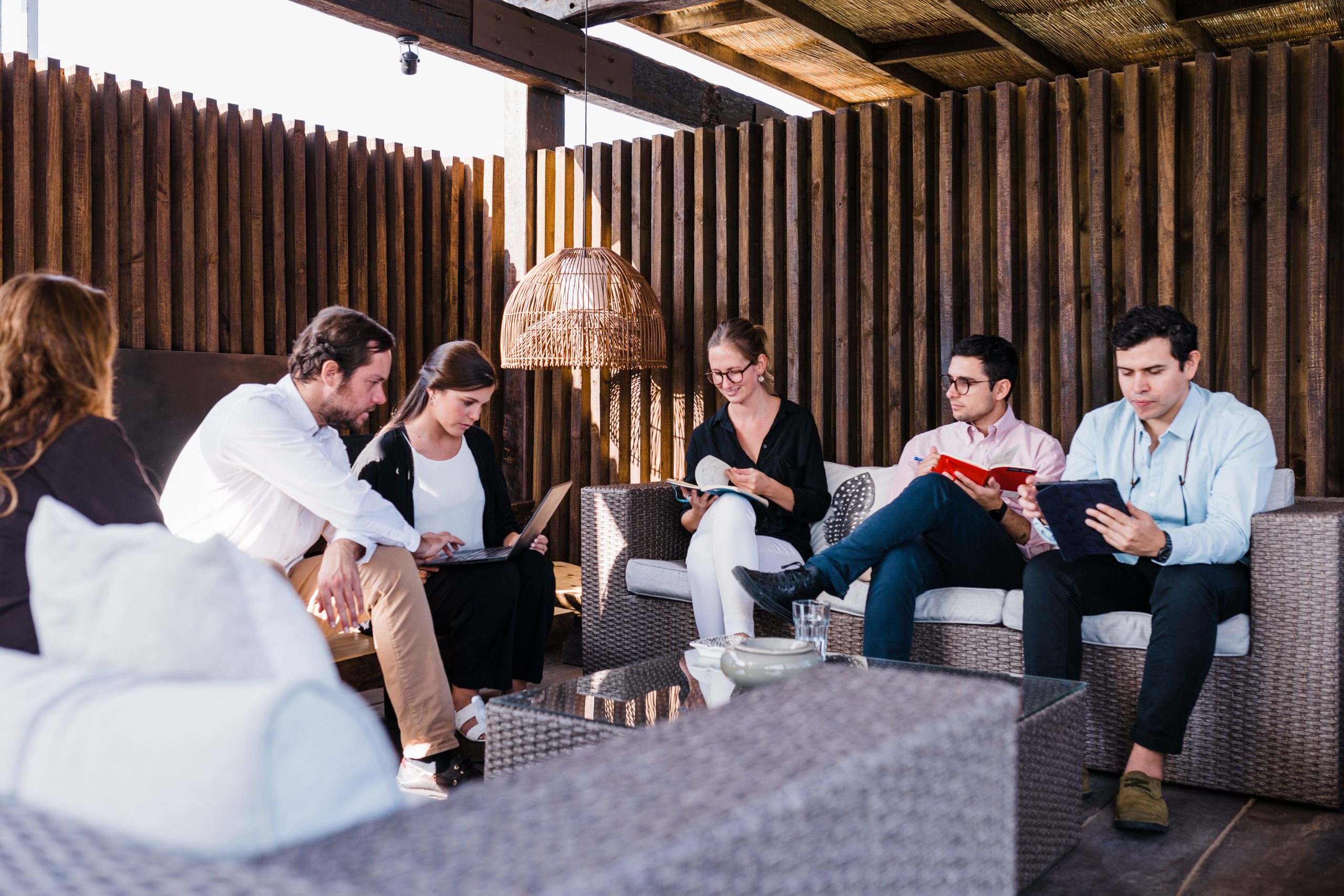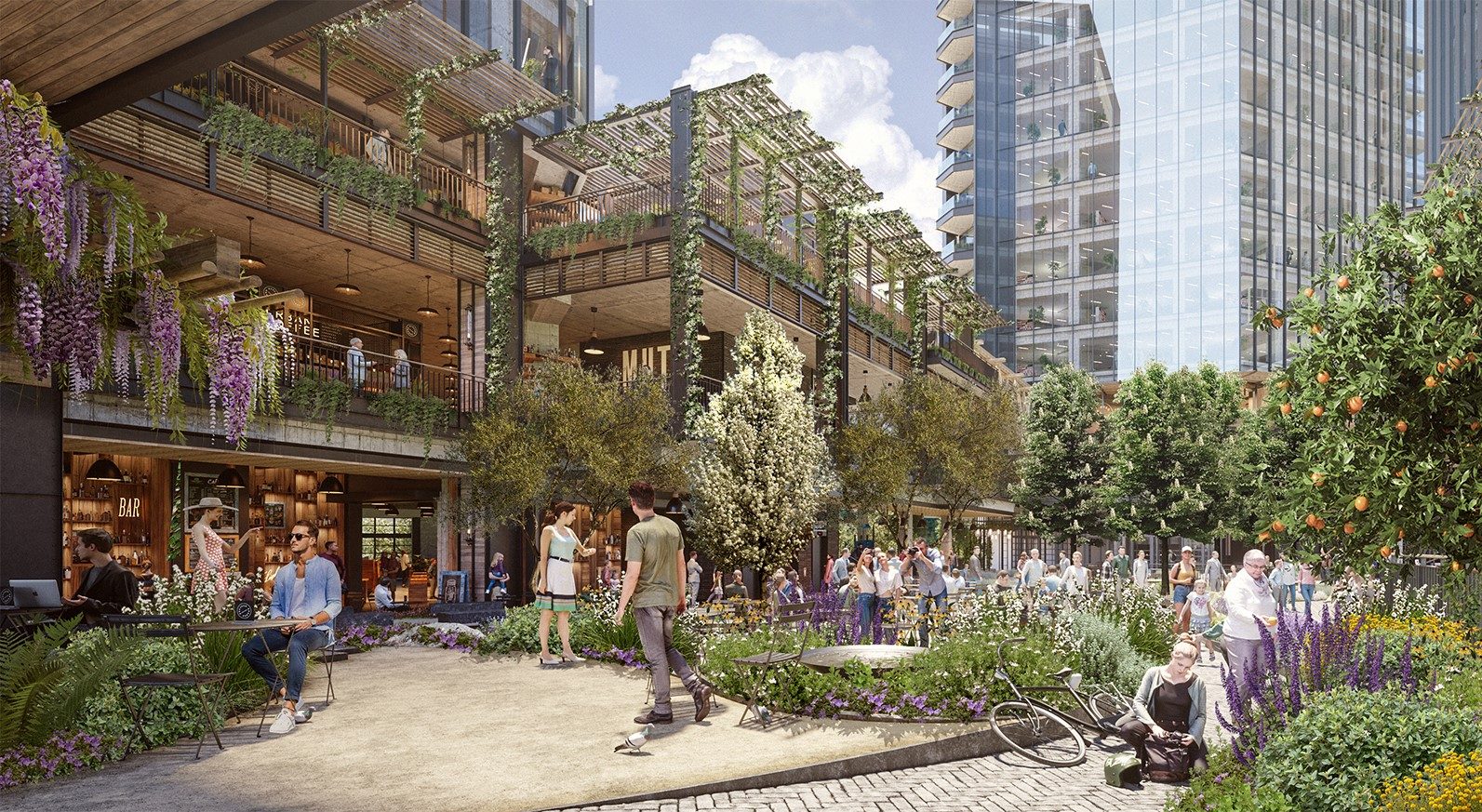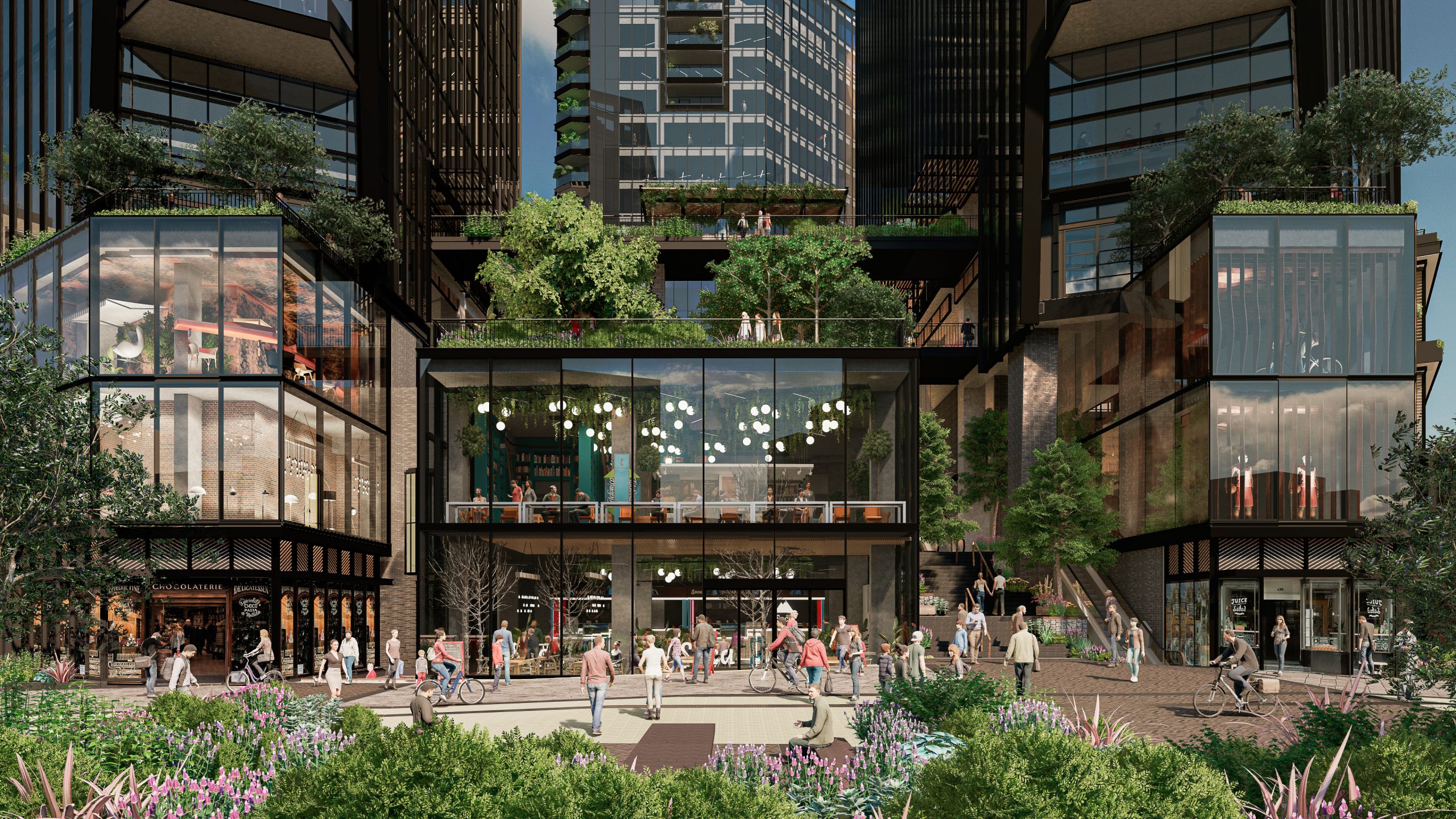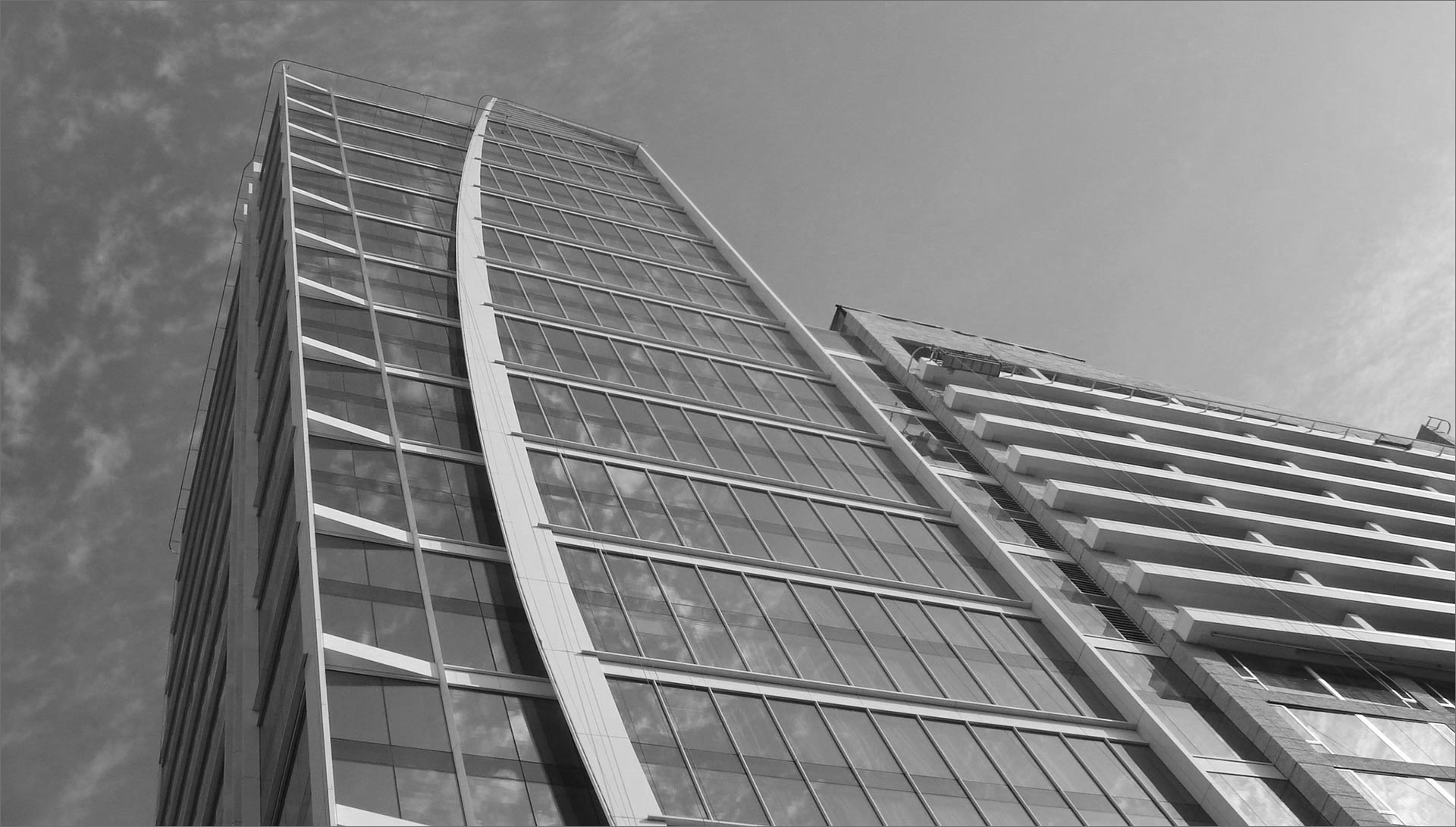At the Smart Buildings 21 conference, real estate developer Sir Stuart Lipton spoke about the success of buildings designed for people’s well-being.
«The Vision for London Vertical Village» is the name of the panel where real estate developer and founder of Stanhope plc and Chelsfield, Sir Stuart Lipton, discussed the buildings of the future. This was part of the Smart Buildings 21 Singapore conference, where MUT attended virtually to participate in the discussion on new technologies, design, and sustainability in smart buildings.
At the conference, Stuart Lipton spoke about what the buildings of the future will look like. «You have to think of buildings for people. When I started, years ago, I thought of them only as buildings, as architectural pieces. Now I think of buildings as life, entertainment, a good environment, and facilities, so people can feel relaxed,» Stuart explained.
He also explained the new ways of working, where office spaces have changed, opportunities for creating have evolved, and, without a doubt, business and social or personal life have merged. “What’s the first thing you see in the morning? And 90% of people say they look at their cell phone, and the same at night,” says Stuart, adding that this shows that work and personal lives increasingly coexist, making it important for buildings to be as pleasant as possible. To achieve this, he emphasized that it’s essential to integrate buildings with places people enjoy on a daily basis, such as an outdoor plaza, adequate lighting, and good facilities.
Buildings for People
Regarding how to understand what people want in order to build the spaces and facilities they need, Stuart said he has a team supporting him that’s closely connected to consumerism, technology, and users. It’s also important for him to talk to people, to the users of buildings, and understand what makes them happy and keeps them content. According to the real estate developer, the pleasure of working in a pleasant place and keeping people happy increases productivity.
Without a doubt, many of the most important points Stuart Lipton discussed are what MUT is creating with its office spaces and the Urban Market where it is located. MUT’s offices seek to provide green areas, access to services, the ability to easily reach them by metro, bicycle, or scooter, as well as access to shops and restaurants, among other facilities. In a way, it aims to bring services and amenities closer to people, so they enjoy their workplace and are happier there, where they spend much of their day. Finally, when asked how Stuart would design a post-pandemic building and what elements of this new reality he would include, he responded that it would have a ground floor for socializing and activities, and that technology would play a key role.




